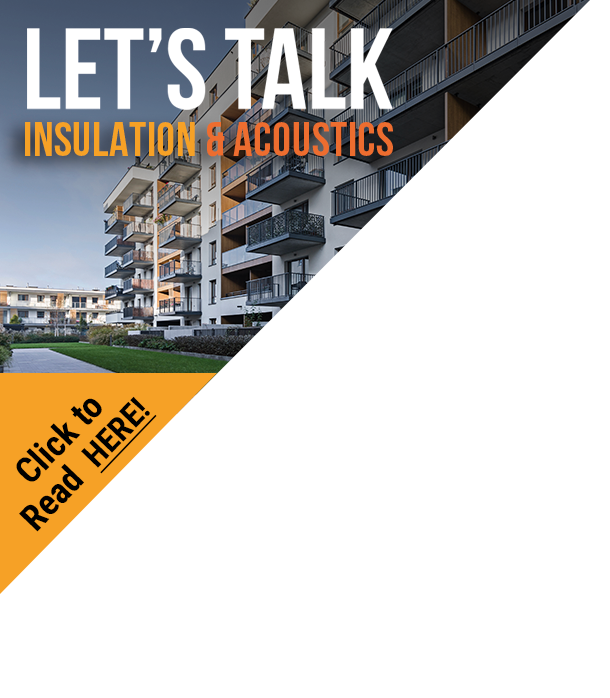The Building Engineering Services Association (BESA) has called for the government to show “be more ambitious” with its proposed changes to air quality standards.
The Environment Act 2021 requires the government to set at least one long-term target for air quality; water; biodiversity; and resource efficiency and waste reduction – and one specifically for fine particulate matter (PM2.5).
DEFRA’s public consultation, which closes on May 11, proposes a “headline target” that halves the current limit on PM2.5 in England to 10 micrograms per cubic metre of air (µg/m3) by 2040. However, this is double the level recommended by the World Health Organisation (WHO) which updated its guidance last year and set 5 µg/m3 as a maximum level to protect human health.
Researchers from two leading London universities, King’s and Imperial, also claim that the target could be reached by 2030.

“Numerous studies have shown that PM2.5 contributes to heart attacks and strokes – and increases the risk of severe asthma attacks and lung cancer,” said Nathan Wood, chair of BESA’s Health & Well-being in Buildings Group.
“We need to go further and faster. Surely, our targets should be aligned with the WHO’s. Also, setting a goal 18 years into the future condemns another whole generation of children to impaired lung function and increasingly severe asthma attacks.”
The Association also believes the government should set specific targets for indoor air quality (IAQ) so that buildings can become ‘safe havens’ that protect occupants from pollution while the longer-term work of cleaning up the external environment goes on.
It has produced three pieces of free guidance* to help building owners and managers improve their IAQ. It says the Environment Act would be the ideal vehicle to deliver legally binding performance standards including setting safe ventilation rates and threshold levels for specific pollutants.
BESA also said air quality tests could become part of the planning process to ensure more homes are designed to protect occupants from both outdoor and indoor pollution. It also advised the government to use the new Act to ensure a wider range of the most harmful particulates are measured and monitored in all buildings including PM10, PM2.5 and below; as well as CO2 levels; ozone; NOx; and VOCs.
“The Environment Act could be a vehicle for setting a new standard for health and well-being inside buildings for future generations,” said Wood. “People spend more than 90% of their time indoors and the government simply cannot afford to miss this opportunity to progress essential and readily available measures that can protect children’s health.”
The Covid-19 pandemic highlighted the role played by ventilation in reducing the transmission of disease indoors, but it was described as the “most overlooked building safety issue” by a member of the government’s Scientific Advisory Group for Emergencies (SAGE).
“Covid-19 has been shown to be transmitted through the air. Even if only 10% of all Covid-19 related deaths could be directly attributed to the failure to adequately ventilate indoor spaces, that would be more than 15,000 since the start of the pandemic – a shocking statistic that should make everyone sit up and take notice,” said Cath Noakes MBE, Professor of Environmental Engineering for Buildings at the University of Leeds.
“The recommended ventilation rate of 10 litres per person per second of clean air is likely to be very effective for protecting health and well-being, but many buildings fail to achieve this level,” she added.
High profile children’s health campaigner Rosamund Adoo Kissi-Debrah also told a recent BESA meeting that the figures for asthma cases were “going in the wrong direction”.
She said it was vital that those designing, managing, and maintaining buildings focused on sources of indoor pollution and addressed the “terrible state of ventilation systems in schools”.
“4.2 million people are dying worldwide from poor indoor air,” said Kissi-Debrah, who is an WHO advocate for air quality and child health. “IAQ is also easier to control than external pollution and can be addressed much more quickly.”
*BESA’s Beginner’s Guide to IAQ provided an overview of the problem and its Guide to Good Practice for IAQ focused on the importance of measuring and monitoring to delivering better health and well-being outcomes. The first was developed in partnership with Mitsubishi Electric and has been downloaded for free more than 2,000 times.
Last week it launched Buildings as Safe Havens – a practical guide, also in partnership with Mitsubishi Electric. This provides a step-by-step approach to getting the most from working with IAQ specialists, so facilities managers and end users can achieve the best results for their buildings.




















